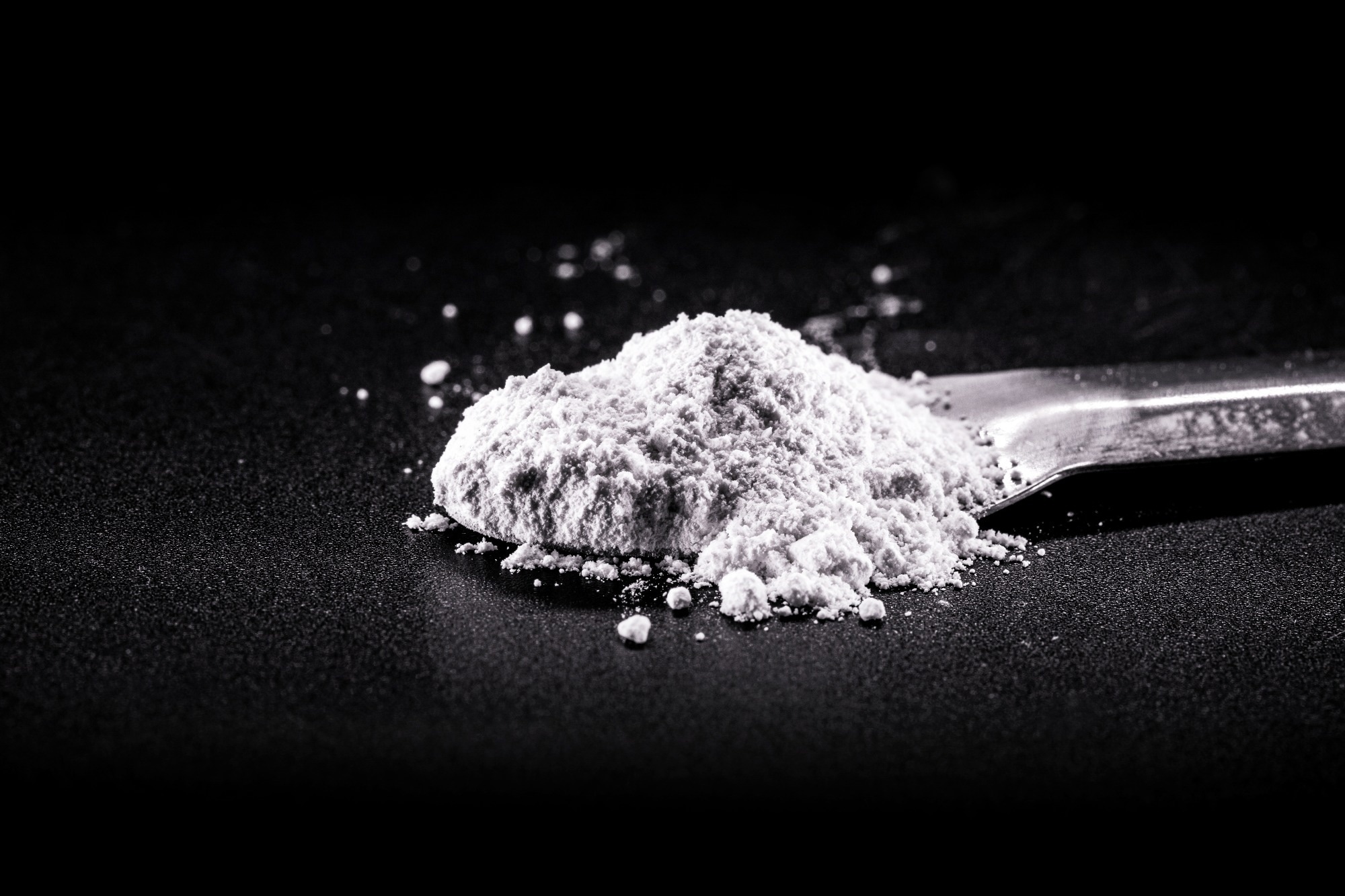When it comes to decarbonizing legacy industries, it is not as easy as devising and simply implementing policy and guidelines for doing so; there is a heavy reliance on technology and industrial processes to ensure production and manufacturing are up to standard. Therefore, disrupting legacy industrial ecosystems to boost sustainability requires new materials, technologies, and manufacturing.

Image Credit: RHJPhtotos/Shutterstock.com
Recently, a team of chemists at MIT has devised an alternative method for producing white phosphorus, a key component and ingredient in several essential products from lithium-ion (Li-ion) batteries to herbicides and cleaning compounds to food and drink additives.
White phosphorus is currently an indispensable intermediate, and our process dramatically reduces the carbon footprint of converting phosphate to white phosphorus.
Yogesh Surendranath, Senior Author and Associate Professor of Chemistry, MIT
The team’s work was recently published in the journal ACS Central Science.
Steps Towards Carbon Footprint Reduction
Taking steps towards reducing the carbon footprint of white phosphorus to keep up with the demands of today’s industrial landscape is considered of utmost importance for its manufacture.
To achieve this reduction, the MIT team has applied a method that harnesses the power of electricity to accelerate a key chemical reaction in the process which could see a reduction of carbon emissions bt at least 50%.1
The various manufacturing processes of white phosphorus have failed to keep pace with other advances made in industry, as one method still commonly used today dates back to 1899. This conventional approach involves heating phosphorus rock, sand, and coke, in a furnace to extreme temperatures of around 1500 oC.1
This thermal process requires significant amounts of energy and falls short of meeting acceptable sustainability requirements as CO2 is also released as a byproduct during production.
Our goal was to figure out how we could develop a process that would substantially lower the carbon footprint of this process… The idea was to combine it with renewable electricity and drive that conversion of phosphate to white phosphorus with electrons rather than using carbon.
Yogesh Surendranath, Senior Author and Associate Professor of Chemistry, MIT
Breaking Bonds
To ensure their process hit the key sustainability targets they were aiming for, the team had to create an innovative way to weaken and break the robust phosphorus-oxygen bonds in phosphates. They were able to achieve this by controlling the environment in which the reaction occurs.
The researchers discovered that they could gain control of the reaction by using a dehydrated form of phosphoric acid, which contains phosphate salts in long chains connected by bonds known as phosphoryl anhydrides. These salt chains are able to weaken those of the phosphorus-oxygen bonds at much lower temperatures (800 oC) compared to traditional methods.1
By passing an electrical current through the phosphate salts, the team was able to generate the electrons required to split any weakened bonds, which releases phosphorus atoms that then bind to one another and create white phosphorus.
Advancing Sustainability Further
Having now devised a method that potentially reduces the carbon footprint of white phosphorus production, the team is intent on improving the method further, as the electrode used in the study requires carbon as a source to split the bonds. This still means that some CO2 is produced during the process.
However, by finding an alternative non-carbon electrode, the team could reduce the carbon footprint even further, moving an otherwise energy-intensive process closer to sustainability targets.
This work falls within our broader interests in decarbonizing these legacy industrial processes that have a huge carbon footprint… The basic science that leads us there is understanding how you can tailor the electrolytes to foster these processes.
Yogesh Surendranath, Senior Author and Associate Professor of Chemistry, MIT
The team is now working on ways to upscale their method and make it available to industry so that, eventually, white phosphorus could be produced on-site. This would reduce the need to ship this key industrial component across the globe, cutting the overall carbon footprint and contributing to the sustainable decarbonization of this legacy industrial process.
References and Further Reading
- Trafton, A. (2023) A more sustainable way to generate phosphorus, MIT News | Massachusetts Institute of Technology. Available at: https://news.mit.edu/2023/more-sustainable-way-generate-phosphorus-0221
- Melville, J.F., Licini, A.J. and Surendranath, Y. (2023) “Electrolytic synthesis of white phosphorus is promoted in oxide-deficient molten salts,” ACS Central Science. Available at: doi.org/10.1021/acscentsci.2c01336
Disclaimer: The views expressed here are those of the author expressed in their private capacity and do not necessarily represent the views of AZoM.com Limited T/A AZoNetwork the owner and operator of this website. This disclaimer forms part of the Terms and conditions of use of this website.